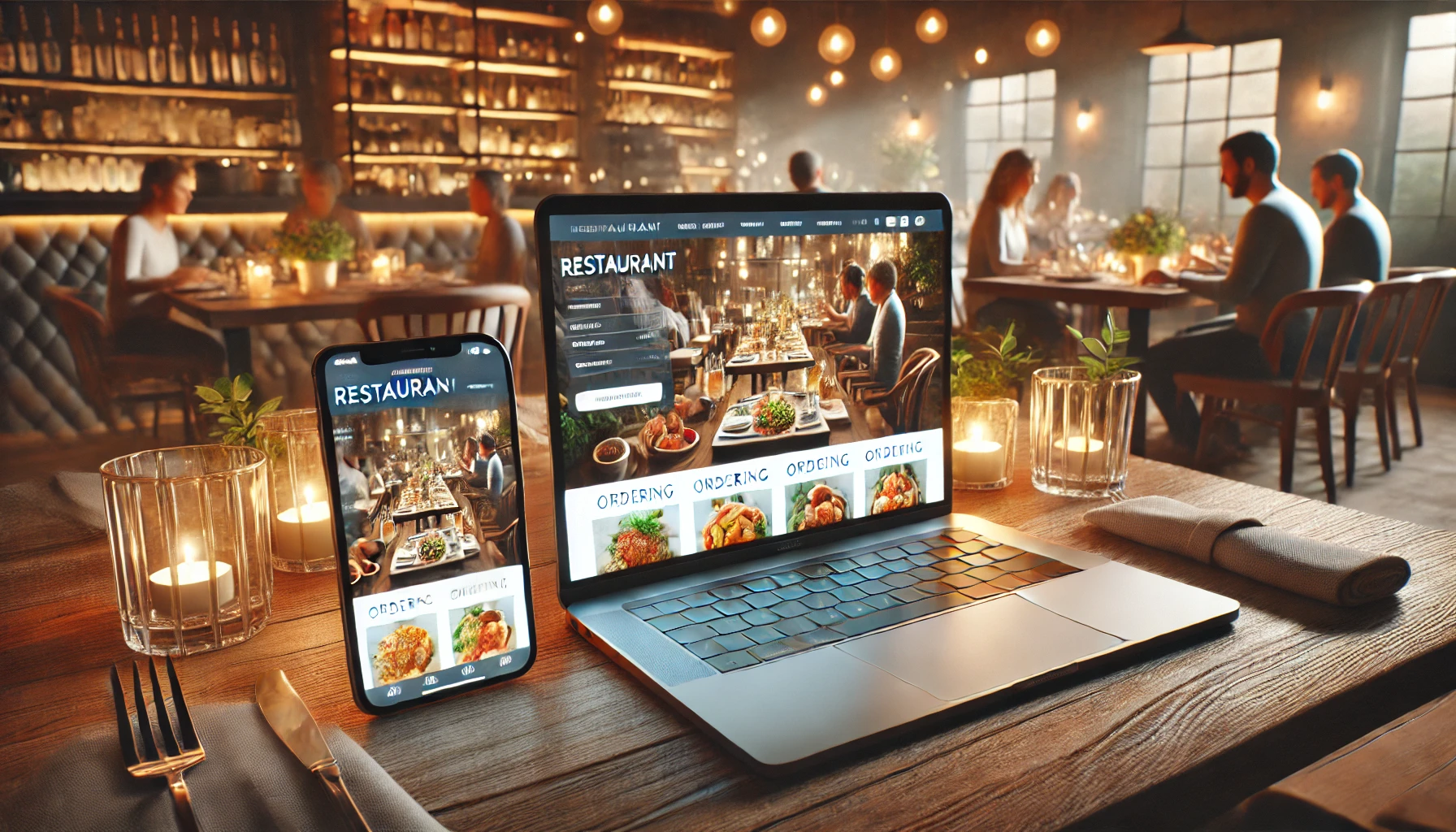Navigating the bustling landscape of the restaurant industry demands a keen focus on efficient table turnover—a critical factor in both profit optimization and customer satisfaction. As restaurant owners and managers strive to elevate the dining experience, their quest for innovative solutions never ceases. This guide is your compass in this journey, where we demystify the concept of restaurant table turnover, unravel its significance, and provide you with the tools to calculate turnover rates accurately. Join us as we embark on a comprehensive exploration, delving into the top six strategies that can transform your restaurant table turnover dynamics. In the rapidly evolving world of dining, these insights and techniques will not only enhance your operational efficiency but also elevate the overall dining experience for your valued patrons.
What Is the Restaurant Table Turnover Rate?
Before we dive into strategies, let’s establish a clear understanding of the restaurant table turnover rate. Simply put, table turnover refers to the number of times a restaurant can serve a new set of customers at a specific table within a given time period. This metric is crucial for measuring the efficiency of your restaurant operations and directly impacts your bottom line.
The formula for calculating the table turnover rate is relatively straightforward:
Table Turnover Rate=Number of Tables Served/Number of Hours Open
This rate provides insights into how effectively your restaurant is utilizing its seating capacity and how quickly tables are becoming available for new guests.
How To Calculate Your Restaurant Table Turnover Rate
To calculate your restaurant’s table turnover rate, follow these steps:
- Determine the Number of Tables Served: Count the total number of tables served during a specific time period, such as a day or a week.
- Identify the Number of Hours Open: Calculate the total number of hours your restaurant is open for service during the same time period.
- Apply the Formula: Use the formula mentioned earlier to calculate the table turnover rate.
Understanding your restaurant’s table turnover rate allows you to identify areas for improvement and implement strategies to optimize efficiency.
Top 6 Ways to Improve Turnover on Every Table in Your Restaurant
Tableside QR Code Order & Payment System
Embracing technology is a game-changer for expediting the ordering and payment process. The implementation of a tableside QR code ordering & pay system empowers customers to effortlessly scan a code on their smartphones, peruse the menu, place orders, and settle bills seamlessly. This not only heightens the overall dining experience but also significantly reduces waiting times, directly contributing to a swifter table turnover. Restaurants that embrace this tech-savvy approach create a more streamlined and efficient environment, catering to the modern diner’s need for convenience and speed.
Check out: QR Code Order & Pay: Top 6 Features Revolutionizing the Dining Experience
Use Restaurant Reservation System
Efficiency in the seating process is important, and a restaurant reservation system emerges as a powerful tool in reducing idle time between guest turnovers. Allowing guests to reserve tables in advance provides a strategic advantage, enabling you to plan seating arrangements more effectively. Moreover, during peak hours, a reservation system ensures a smoother flow of guests through the restaurant, enhancing the overall dining experience and contributing to a faster table turnover. The ability to manage reservations seamlessly is a cornerstone in the pursuit of operational excellence.
Direct Table Reservation From Google
In the digital age, making it convenient for potential customers to discover and reserve a table is key. Enabling reserve with Google capitalizes on the platform’s widespread use for restaurant exploration. This feature not only boosts your restaurant’s online presence but also enhances accessibility, resulting in increased bookings and improved table turnover. By leveraging the popularity of Google searches for dining options, you make it easier for patrons to choose your establishment, translating into higher foot traffic and more efficient table rotations.
Implement Loyalty Programs to Increase Repeat Orders
Encouraging repeat business is a strategic move, and loyalty programs serve as powerful incentives. Rewarding customers for their loyalty fosters a positive relationship and incentivizes them to return. Repeat patrons, familiar with your menu and service, contribute to a quicker table turnover rate. Loyalty programs create a win-win scenario, where customers enjoy exclusive benefits, and your restaurant benefits from increased patronage and faster table rotations, boosting overall operational efficiency.
Optimize Staff Training and Workflow
The efficiency of staff members plays a pivotal role in achieving quick table turnover. Ensuring your staff is well-trained in providing prompt and attentive service is non-negotiable. Streamlining workflows in both the kitchen and on the floor minimizes delays and optimizes the guest experience. A well-coordinated team, armed with the right training and tools, can handle a higher volume of guests, directly contributing to a more efficient dining experience and quicker table turnovers.
Test New Restaurant Technology
Staying ahead in the competitive landscape requires a commitment to testing and adopting new restaurant technologies. From advanced point-of-sale systems to innovative kitchen management tools, embracing technology enhances overall operational efficiency. Keeping a vigilant eye on emerging trends and consistently testing solutions aligned with your restaurant’s needs ensures that you stay on the cutting edge. By being proactive in adopting and adapting to technological advancements, your restaurant positions itself for sustained success in a rapidly evolving industry.
Conclusion
In the dynamic and competitive landscape of the restaurant industry, optimizing table turnover is essential for success. By understanding the significance of table turnover rates, calculating them accurately, and implementing the right strategies, you can create a dining experience that is both efficient and enjoyable for your guests. Embrace technology, leverage reservation systems, implement loyalty programs, and continuously evaluate and test new restaurant technologies to stay ahead of the curve in 2024. With these strategies, you’ll not only boost table turnover but also elevate the overall performance and profitability of your restaurant.


![The Ultimate Guide to Boost Restaurant Table Turnover [2024]](https://fleksa.com/wp-content/uploads/2023/12/luxury-dinner-table-hotel-min.webp)



